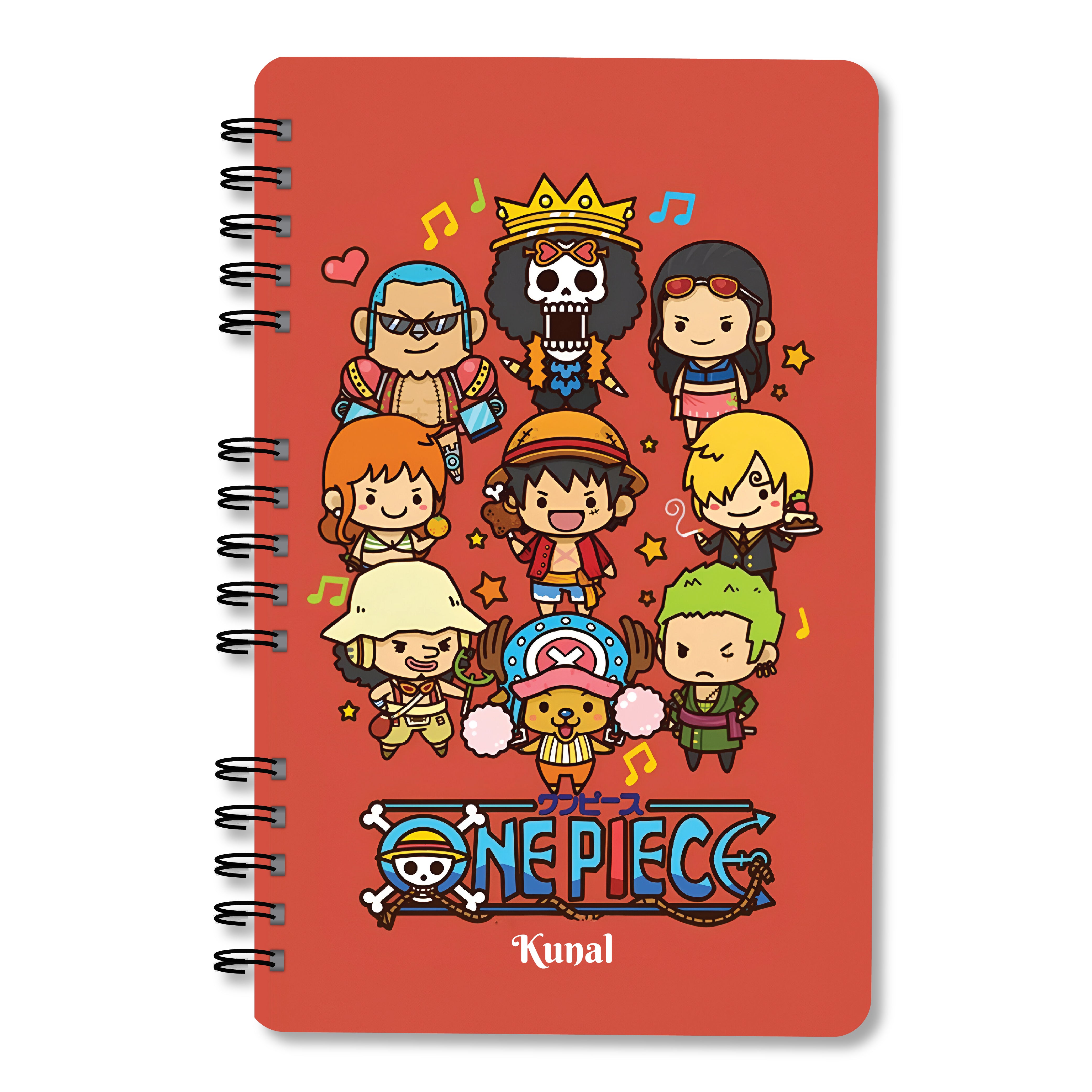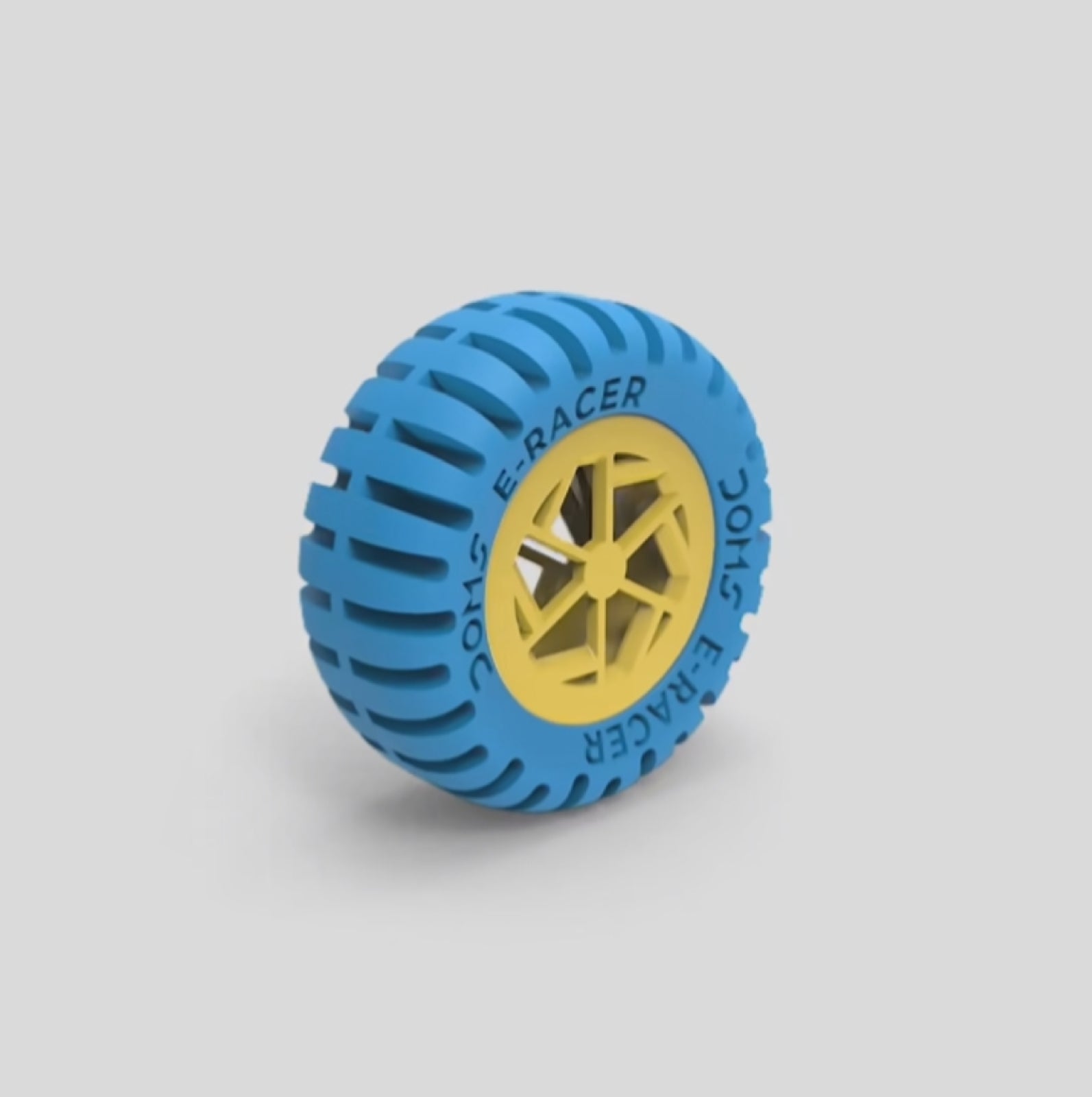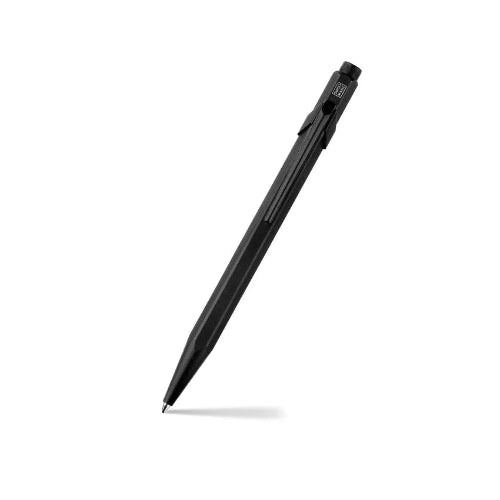Diary Entry Format
Discover Your Inner Storyteller: Master the Craft of Diary Entry Format
Embark on a journey of self-discovery and storytelling as we delve into the art of diary writing. In this guide, we'll unlock the secrets of effective diary entry format, empowering you to express your innermost thoughts with clarity and creativity. Whether you're a seasoned writer or new to the world of journaling, mastering the craft of diary entry format is a transformative experience. Join us as we explore the power of words, delve into the nuances of diary writing, and embark on a quest to discover your inner storyteller.
In this blog, we've embarked on a quest to uncover the essence of diary writing and master the craft of diary entry format. Through practical tips, examples, and insights, we've explored the significance of date and time stamps, salutations, content, and closings in diary entries. By embracing authenticity, experimenting with formats, and committing to regular reflection, we've empowered ourselves to become skilled storytellers of our own lives. As we conclude our journey, let your diary be a testament to your growth, reflections, and the richness of your inner world. Happy writing, and may your diary become a cherished companion on your journey of self-discovery.
Unlock the Secrets of Effective Diary Writing
Unlock the secrets of effective diary writing with our comprehensive guide to mastering the craft of diary entry format. Discover how to express your innermost thoughts with clarity and creativity, whether you're a seasoned writer or new to journaling. Learn the key components of diary entries, including date and time stamps, salutations, content, and closings, to create engaging entries that resonate with readers. Dive into different types of diary writing, from traditional diaries to reflective journals, and explore practical tips for writing captivating entries that capture the essence of your experiences. Start your journey of self-discovery today and become the master storyteller of your own life
Key Components of Effective Diary Writing:
The diary entry format serves as the backbone of effective diary writing, providing structure and organization to your thoughts and experiences. Let's break down the key components:
1. Date and Time:
- The date and time stamp at the beginning of each entry provide context and chronological order to your entries. It helps track the progression of events and emotions over time.
- Ensure consistency in recording dates and times to maintain coherence in your diary. Whether you choose to use a numerical format (e.g., "April 8, 2024, 9:00 PM") or a more casual approach (e.g., "Thursday evening"), the important aspect is to capture the timing accurately.
2. Salutation:
- Addressing your diary entry sets the tone for your writing. Whether you choose to address yourself, an imaginary reader, or your diary itself, the salutation creates a personal connection.
- Example salutations: "Dear Diary," "To Whom It May Concern," or simply addressing yourself by name ("Dear [Your Name]"). The choice of salutation can vary based on your style and the mood of the entry.
3. Content:
- The main body of the diary entry is where you pour out your thoughts, feelings, and experiences.
- Maintain a conversational tone and be honest and authentic in your writing. Write as if you're having a conversation with your diary, expressing your innermost thoughts without reservation.
- Use descriptive language to capture your experiences and emotions vividly. Describe the sights, sounds, smells, and feelings associated with the events you're recounting. This helps bring your entries to life and allows you to revisit those moments more vividly in the future.
4. Closing:
- Conclude your diary entry with a closing statement or reflection. This provides closure and summarizes the main points of your entry.
- Reflect on the significance of the day's events or express your hopes for the future. This closing segment allows you to wrap up your thoughts and provide a sense of completion to your entry.
- Example closings: "Until tomorrow," "Reflecting on today's lessons," or a simple sign-off like "Goodnight." Choose a closing that resonates with the tone and content of your entry, providing a fitting end to your reflections.
Types of Diary Writing
There are several types of diary writing, each serving different purposes and catering to diverse preferences. Here are some common types:
- Traditional Diary: This is the most common type of diary writing, where individuals record their daily experiences, thoughts, and emotions. It serves as a personal record of one's life journey and can include anything from mundane activities to significant events.
- Reflective Diary: A reflective diary focuses on introspection and self-analysis. Writers use this type of diary to reflect on their thoughts, feelings, and actions, often delving deeper into their inner thoughts and exploring personal growth and development.
- Travel Diary: A travel diary documents one's experiences and adventures while travelling. It typically includes details about destinations visited, memorable experiences, cultural insights, and reflections on the journey. Travel diaries often contain photographs, sketches, and mementoes collected during the trip.
- Dream Diary: A dream diary is used to record dreams and their interpretations. Dream enthusiasts and psychologists often keep dream diaries to analyze recurring themes, symbols, and emotions in their dreams, providing insight into their subconscious mind.
- Creative Diary: Creative diaries allow individuals to express themselves through various artistic mediums, such as writing, drawing, painting, or collage. It serves as a creative outlet for self-expression and exploration, enabling individuals to experiment with different forms of expression.
- Gratitude Diary: A gratitude diary focuses on cultivating gratitude and positivity by recording things one is grateful for each day. It helps individuals cultivate a more positive mindset, enhance self-awareness, and appreciate the simple joys in life.
- Career Diary: A career diary is used to document professional experiences, achievements, challenges, and goals related to one's career or job. It serves as a tool for self-assessment, career planning, and professional development.
- Food Diary: A food diary tracks dietary habits, food intake, and nutritional information. It can be helpful for individuals looking to monitor their eating habits, identify patterns, and make healthier choices.
- Fitness Diary: A fitness diary records exercise routines, physical activities, progress, and goals related to fitness and health. It helps individuals track their fitness journey, stay motivated, and make adjustments to their workout plans as needed.
- Personal Development Diary: A personal development diary focuses on self-improvement goals, aspirations, and milestones. It may include reflections on personal growth, challenges overcome, lessons learned, and plans for the future.
- Guided Journal: A guided journal provides prompts, questions, or exercises to guide the writer through self-reflection, goal setting, or personal development. It offers structured guidance and prompts to help individuals explore specific themes or topics, such as gratitude, mindfulness, or goal setting. Guided journals often include pre-designed layouts and prompts tailored to specific objectives, making them ideal for individuals seeking direction and guidance in their journaling practice.
- Manifestation Journal: A manifestation journal focuses on the practice of manifestation, where individuals visualize and manifest their goals, dreams, and desires through written affirmations, visualizations, and intention-setting exercises. It involves writing down specific goals, affirmations and desires as if they have already been achieved, thereby harnessing the power of positive thinking and intention to manifest desired outcomes. Manifestation journals often incorporate visualization techniques, gratitude practices, and affirmations to help individuals align their thoughts and actions with their goals and aspirations, leading to greater clarity, focus, and manifestation of desired outcomes.
Tips for Writing Engaging Diary Entries:
While diary writing offers a space for free expression, adhering to certain diary entry guidelines can enhance the effectiveness of your entries:
- Consistency is key: Make diary writing a habit by setting aside a specific time each day. Consistency helps you stay committed to your writing practice and ensures that you capture a comprehensive record of your experiences.
- Be honest and authentic: Your diary is a safe space to express yourself without judgement. Be truthful and open about your thoughts, feelings, and experiences, as honesty fosters a deeper connection with your writing.
- Experiment with formats: Explore different journal entry structures to find what works best for you. Whether you prefer a structured approach with bullet points or a free-flowing narrative style, choose a format that allows you to express yourself comfortably.
- Include details: Describe your surroundings, emotions, and thoughts to create a vivid picture. Adding details enriches your entries and helps you vividly capture the essence of each moment, allowing you to relive those experiences when you revisit your diary in the future.
- Don't overthink it: Write freely without worrying about grammar or structure. Your diary is a personal space for self-expression, so don't get bogged down by perfectionism. Allow your thoughts to flow naturally and embrace the imperfections in your writing as part of your unique voice.
By following these personal journal format guidelines, you can make the most of your diary writing experience and derive greater value from your reflections.
Diary Entry Format Examples:
Now that we've discussed the key components and tips for writing effective diary entries, let's delve into some diary format examples to illustrate how these elements come together in practice:
Example 1: A Day of Accomplishments and Challenges:
Today was quite a day! I woke up feeling nervous about the big presentation at work. But you know what? After a bit of meditation, I felt way better and ready to take on the challenge. And guess what? The presentation went smoothly! My coworkers even gave me some nice feedback, which boosted my confidence.
Reflecting on everything, I feel grateful for how today turned out. It just goes to show that even when things seem tough, we can still come out on top. Here's to facing challenges head-on and growing stronger every day. Until tomorrow!
Example 2: Finding Serenity Amidst Turmoil:
As the sun set on another day, I found myself taking a peaceful stroll through the park. The flowers were in full bloom, and the birds were chirping—it was a truly serene moment. But despite the beauty around me, I couldn't shake this feeling of inner turmoil. Some things are weighing heavily on my mind, and I'm still trying to make sense of it all.
As I retreat into the pages of my diary, I find solace in the act of writing. It helps me untangle my thoughts and find clarity amidst the chaos. So here's to another night of reflection and introspection. Goodnight, until we meet again.
These examples showcase different approaches to the diary entry format, from a simple recount of daily events to a more introspective and reflective narrative. Experiment with different styles to find what feels most comfortable for you.
Common Mistakes to Avoid:
- Skipping Entries: It's easy to fall out of the habit of writing in your diary, but consistency is key. Try to make writing a regular part of your routine to ensure you capture all the important moments.
- Being Too Formal: Your diary is a safe space for expressing your true thoughts and feelings, so don't worry too much about writing perfectly. Just let your words flow naturally.
- Not Reflecting Enough: It's not just about writing down what happened—it's also important to reflect on how those events made you feel and what you've learned from them. Take some time to think about the deeper meaning behind your experiences.
Conclusion:
Mastering a diary entry format is not just about following a set of rules—it's about finding your voice and expressing yourself authentically. By understanding the key components of diary entries, diary entry format, daily journal layout and understanding diary entry guidelines you can create entries that are meaningful and reflective of your experiences. Remember to be consistent in your writing, stay true to yourself, and take time to reflect on the deeper meaning behind your thoughts and emotions. Your diary is a valuable tool for self-discovery and growth, so cherish it and let it be a faithful companion on your journey.
FAQs (Frequently Asked Questions):
Q1: How often should I write in my diary?
A: There's no set rule, but try to make it a regular habit, whether it's daily, weekly, or whenever you feel the need to reflect.
Q2: Can I use different formats for my diary entries?
A: Absolutely! Experiment with different styles until you find what works best for you.
Q3: What if I miss a day of writing?
A: Don't worry about it! Just pick up where you left off and keep writing.
Q4: Should I share my diary entries with others?
A: It's entirely up to you. Some people find it helpful to share their thoughts and experiences, while others prefer to keep their diaries private.
Q5: How do I stay motivated to write in my diary?
A: Find a time and place that works for you, and make it a part of your routine. Remind yourself of the value of self-reflection and how writing in your diary can help you grow.








